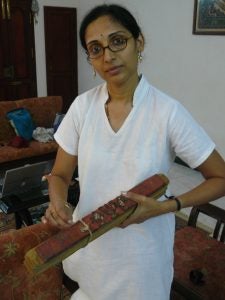This marvelous poem is making the rounds in the wake of the protests sweeping across India. Its powerful, evocative words speak across time and cultures as a clarion call to resist oppression, and that the power to rise up to fight, to persist, and to resist oppressive systems lies within all of us.
There are lots of translations of Hum Dekhenge, but I like this one best:
http://faizahmedafaiznewtranslations.blogspot.com/2012/10/faiz-hum-dekhenge.html
And here is the inimitable Iqbal Bano performing it. The thunderous applause that greets the songs and serves as almost a percussive accompaniment, adds to the alchemy of music and verse:

